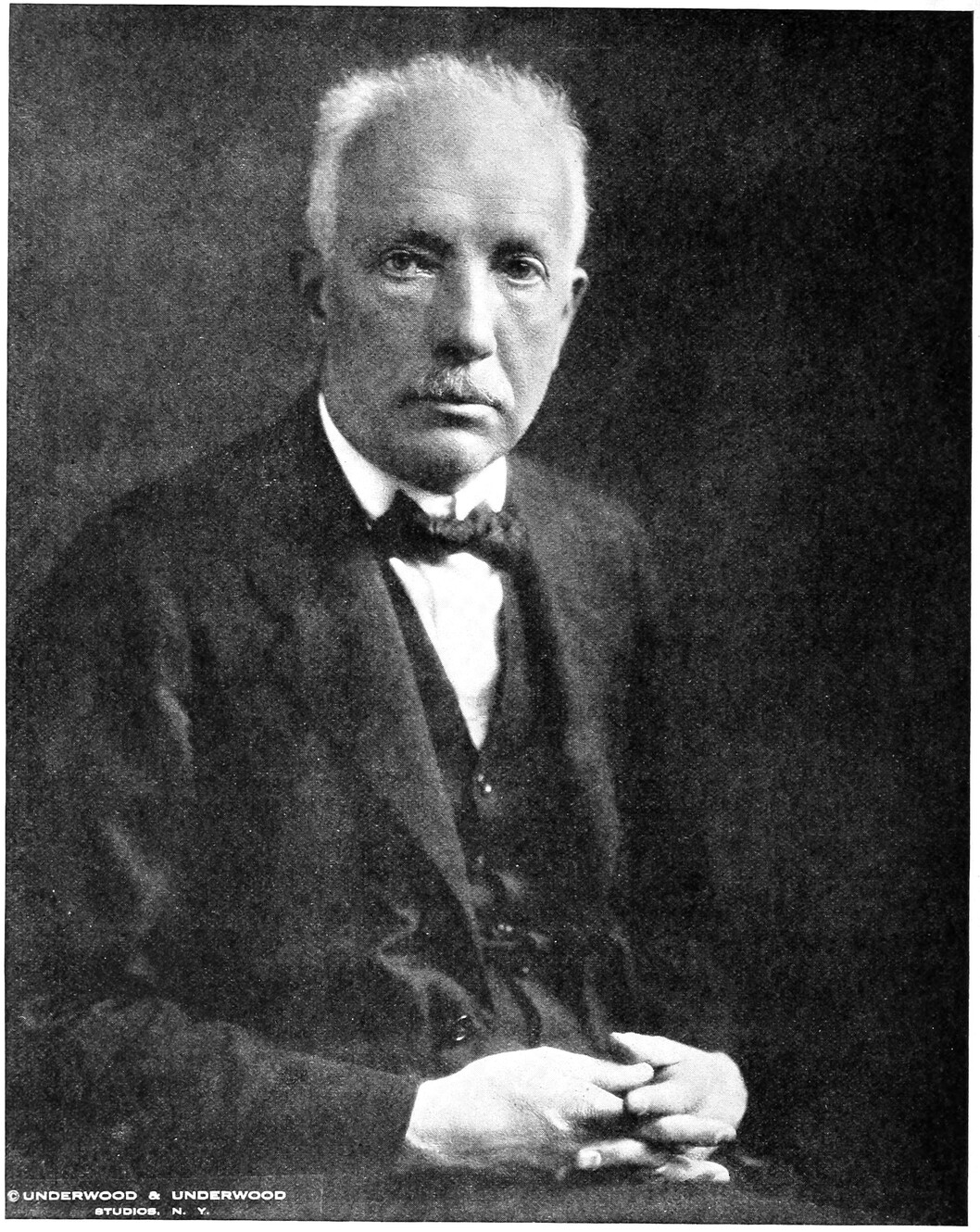
“It’s a funny thing, Alice, dying is just the way I composed it in Tod und Verklärung (“Death and Transfiguration).” -- R. Strauss
SONG CYCLE: a set of related songs, often on a romantic theme, intended to form a single musical entity.
FURTHER LISTENING:
Strauss: Death and Transfiguration,
Horn Concerto No. 2 in E-flat Major
Duett-Concertino in F major for clarinet and bassoon
Usually, when we think of cartoons introducing classical music and fine art to the masses, it’s the Looney Tunes that jump to mind, what with the show’s constant musical references to opera and Broadway and the symphony.
For poetry, it’s Charles Schulz’s Peanuts. Decades ago, America’s favorite beagle, Snoopy — alias: The World’s Greatest Writer, Attorney, Tennis Pro, etc. — has a throwaway line about going “back to Herman Hesse,” a German poet who was ultimately banned by the Nazi’s whose work experienced a resurgence in the United States in the ’60s.
Of course, the German composer Richard Strauss, that talented son of a musician and grandson of a famous brewer, may also have had something to do with this. In the late 1940s, an aging Strauss, the world-famous composer of operas like Salome and Der Rosenkavalier as well as tone poems like Don Juan and Death and Transfiguration, found himself contemplating what the world had lost due to the horrors of global conflict. Like Snoopy, he turned to the poetry of countrymen Hesse and Joseph von Eichendorff, setting three by the former and one by the latter for soprano and orchestra.
He passed away before they were performed. Strauss’ publisher grouped the four songs together and gave them the title Four Last Songs.
They are masterpieces, lush sonic paintings of a nostalgic, elegant, romantic world even as Strauss came to terms with the shattered human condition and unstoppable forces of modernism.
“Spring” bubbles thickly at first, with the soprano beginning low in her range but swiftly blooming in intensity. Her melody floats as a breeze through a garden, blooming above the orchestra. “September” is darker, with fragments and melodies that fall rather than rise — the garden is fading now, and the song finishes with a horn solo.
“When Falling Asleep” features the gentle chiming of the celesta and a violin solo that moves delicately beyond the veil. And to close, “In Twilight” features the Eichendorff poem, which concludes: “O vast, tranquil peace, so deep in the afterglow! How weary we are of wandering – Is this perhaps death?” Strauss quotes from his more youthful composition Death and Transfiguration, a gentle musical exploration of the journey beyond the void before gently fading to a close.
(c) Jeremy Reynolds
